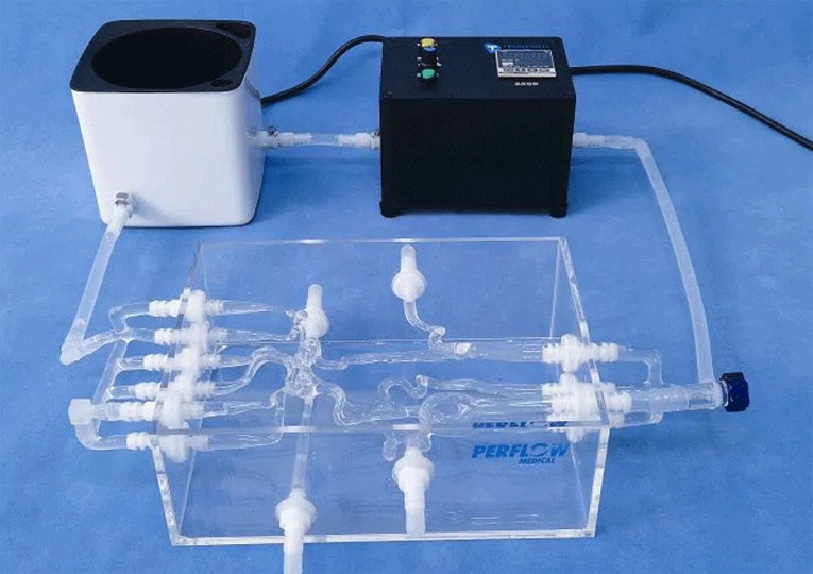
#Industry News
Difference between Intracranial Hemorrhage and Cerebral Hemorrhage
Intracranial Model (fixed In Acrylic Box)
Intracranial hemorrhage refers to any hemorrhage in the skull, which can be called intracranial hemorrhage, while cerebral hemorrhage refers to hemorrhage in the brain. Usually, intracranial hemorrhage includes cerebral hemorrhage.
Brain hemorrhage mainly includes:
1. Hypertensive cerebral hemorrhage, a serious complication caused by high blood pressure, mostly occurs in the basal ganglia and thalamus. The cerebellum and brainstem are also frequent bleeding sites, which are mostly manifested as hemiplegia, aphasia, coma or even loss of life in severe cases.
2. Subarachnoid hemorrhage, the main causes include aneurysm rupture and trauma, most of the aneurysms are occult, there are no positive signs before rupture, severe headache occurs during the onset, and then coma occurs; traumatic subarachnoid hemorrhage Intracavitary hemorrhage is mostly caused by severe shock leading to subarachnoid hemorrhage, usually accompanied by concussion and diffuse axonal injury.
3. Hemorrhage caused by cerebrovascular malformations, including cavernous hemangioma, cerebral arteriovenous malformation (AVM), etc., is prone to repeated bleeding, and some patients are accompanied by secondary epilepsy. Other symptoms are closely related to the bleeding site.
Intracranial hemorrhage includes epidural hemorrhage and subdural hemorrhage, mostly due to trauma. Epidural hemorrhage is usually accompanied by skull fracture, and most of the hemorrhage originates from the fracture line, showing a typical "convex lens" shape; subdural hemorrhage is mostly caused by tearing of blood vessels on the surface of the brain, showing a typical "crescent" shape.
We refer to intracranial hemorrhage as a more general concept clinically. Usually, the hemorrhage method is described in detail during diagnosis, and we strive to preliminarily judge the patient's condition from the clinical diagnosis name, which plays a good role in prompting.





